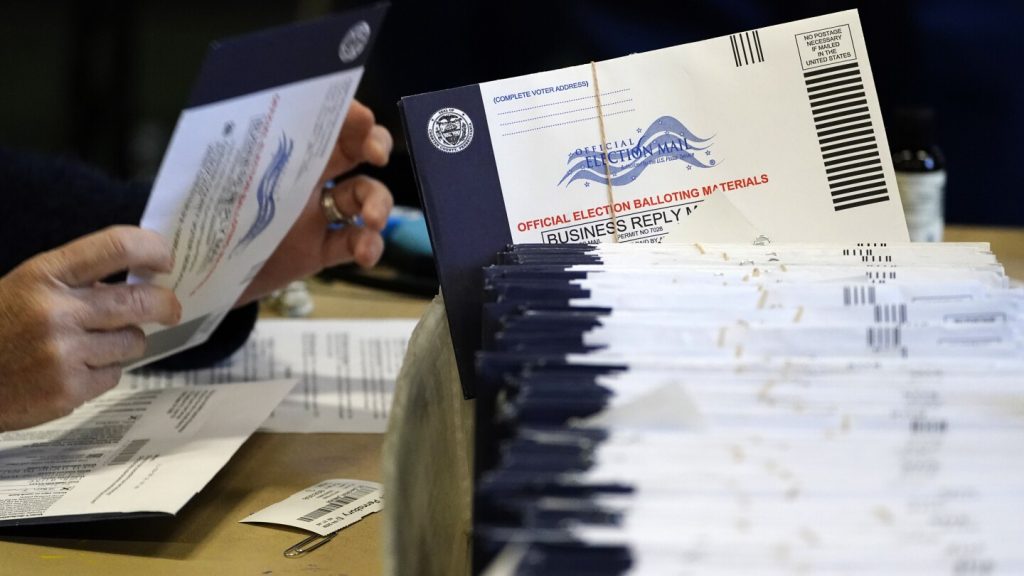The primary election in Pennsylvania saw the implementation of a redesigned form on the outside of mail-in ballot return envelopes, aimed at ensuring accurate completion to avoid votes being invalidated. The redesign requires voters to complete the month, day, and last two digits of the year, with a preprinted “20”. However, despite the changes, some voters failed to complete the form accurately, leading to potential disqualification of their ballots. This has raised concerns among election officials about the effectiveness of the new design and its impact on voter participation.
Pennsylvania Secretary of State Al Schmidt expressed confidence in the redesigned form, stating that it would lead to fewer unintentional errors by voters. However, the American Civil Liberties Union of Pennsylvania has raised concerns over the disqualification of more than 10,000 ballots in the state in 2022 due to what they consider to be meaningless paperwork errors. Older voters, who are more likely to send in ballots with incorrect dates, are disproportionately affected by this issue. Democrats, who utilize mail-in voting more than Republicans in the state, are particularly impacted by these errors.
In some counties, there has been a lack of uniformity in how ballots with incorrect or missing dates are handled. While some counties have chosen to count those where the date can reasonably be interpreted, others have opted to invalidate such ballots. Counties like Lycoming have reported that the redesigned envelopes have not necessarily improved the accuracy of date completion, resulting in a significant percentage of incorrect dates. This has led to concerns about the overall impact of the redesign on voter participation and the validity of ballots.
Berks County set aside a significant number of mail-in primary ballots for various reasons, including incorrect return envelope dates, lack of dates, and missing signatures. Despite receiving guidance from the state to consider ballots where the year portion is missing, Berks County had already made the decision to count such ballots due to the year being preprinted on the envelopes. Allegheny County faced similar challenges, with a large number of incorrect ballots already received before they received new advice from the state. The county opted to contact voters to rectify missing information and eventually started counting those without the “24” year on the envelopes.
Overall, the implementation of the redesigned form on mail-in ballot return envelopes in Pennsylvania has highlighted issues with voter error and the potential disqualification of ballots. While the intention behind the redesign was to improve accuracy and validity, some voters continue to struggle with completing the form correctly, leading to concerns about disenfranchisement. The varying approaches taken by different counties in handling ballots with incorrect dates further underscore the challenges in ensuring the integrity of the election process. Moving forward, election officials in Pennsylvania will need to address these issues and assess the impact of the redesign on voter participation and the overall outcome of elections.


